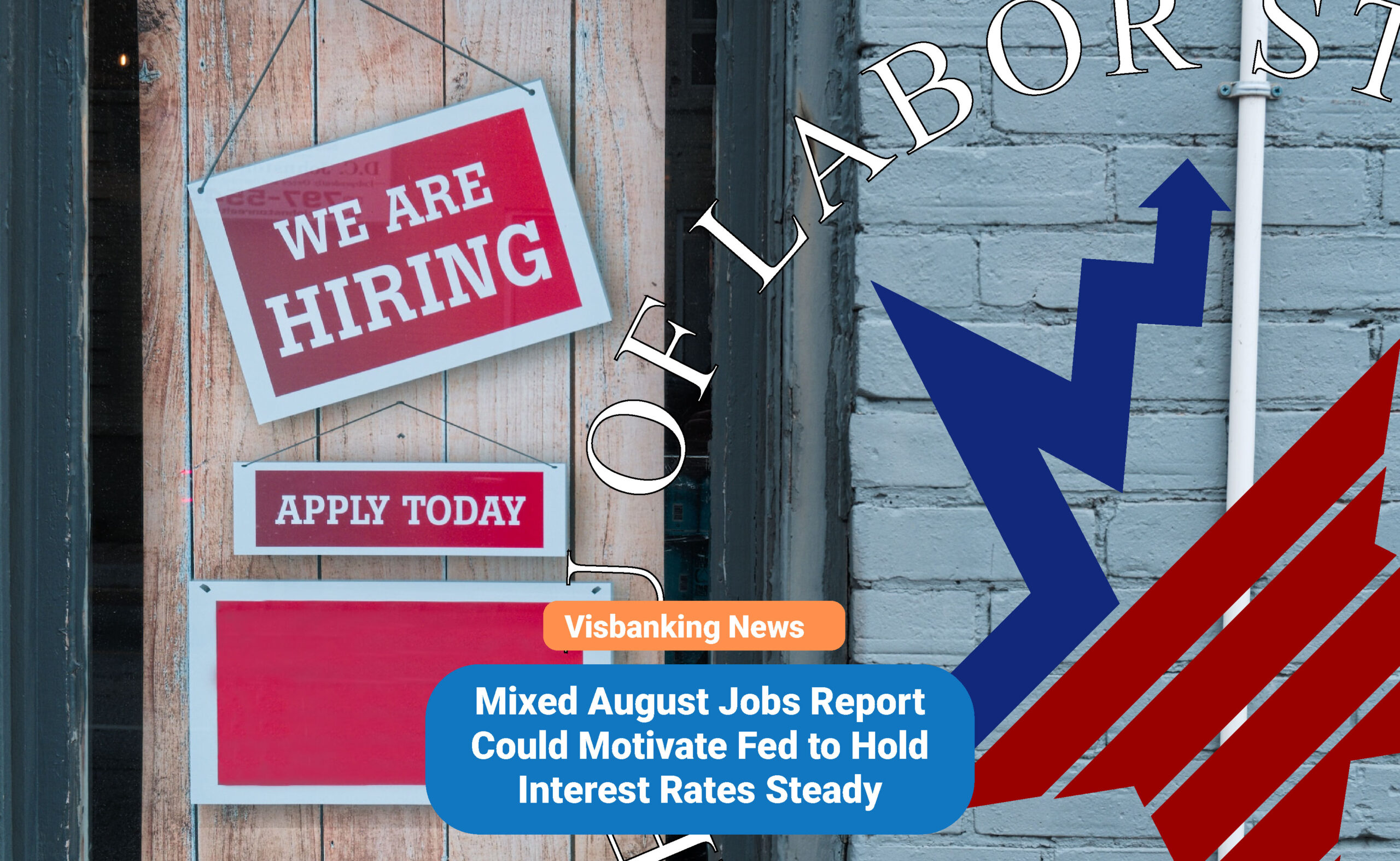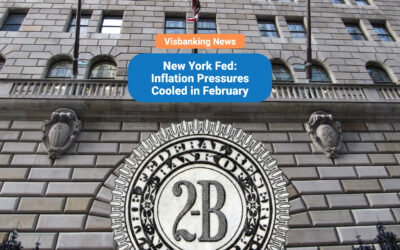The U.S. Bureau of Labor Statistics released the August jobs report on Friday, reporting that the economy created an estimated 187,000 new jobs last month. Economists had been expecting that number to be around 170,000 jobs. Meanwhile, the unemployment rate rose to 3.8%, significantly above the expected 3.5%.
Many analysts noted that the data suggests a slowing of economic activity. That has fueled expectations that the Federal Reserve may continue its pause in interest rate hikes. Fed Chair Jerome Powell has consistently argued that a slowdown in the economy is needed to rein in inflation. As Reuters noted in its report:
Fed funds futures traders are now pricing in a 93% likelihood that the Federal Reserve will leave rates unchanged at its Sept. 19-20 meeting and see only a 37% chance of a hike in November, according to the CME Group’s FedWatch Tool.
The August jobs report data
While job growth remained healthy, officials confirmed downward revisions to the previously reported June and July numbers. Those revisions mean that job growth in those two months was roughly 110,000 jobs less than previous estimates. The healthcare sector led employment gains in August, adding about 71,000 jobs. Leisure and construction also contributed to the growth.
At the same time, growth in wages stalled, with only a 0.2% increase in hourly earnings. According to reports, that is the smallest gain since early 2022. However, experts still believe that those wage gains exceed the Fed’s expectation.
What will the Fed do?
The report also confirmed that about 760,000 workers joined the nation’s workforce last month. That helped to drive the unemployment rate higher. Reports also suggest that August saw an increase in the number of Americans who started part-time jobs due to concerns about the economy.
Experts have noted that rising workforce participation can contribute to lower inflation. When there are more job seekers, employers feel less pressure to increase wages. That downward wage pressure can help to reduce the need for additional price increases for goods and services.
Overall, the August jobs report seems to point to the type of slowdown that the Federal Reserve wants to see. Now observers can only wait and see whether these trends are enough to convince fed officials to forgo additional rate hikes.




